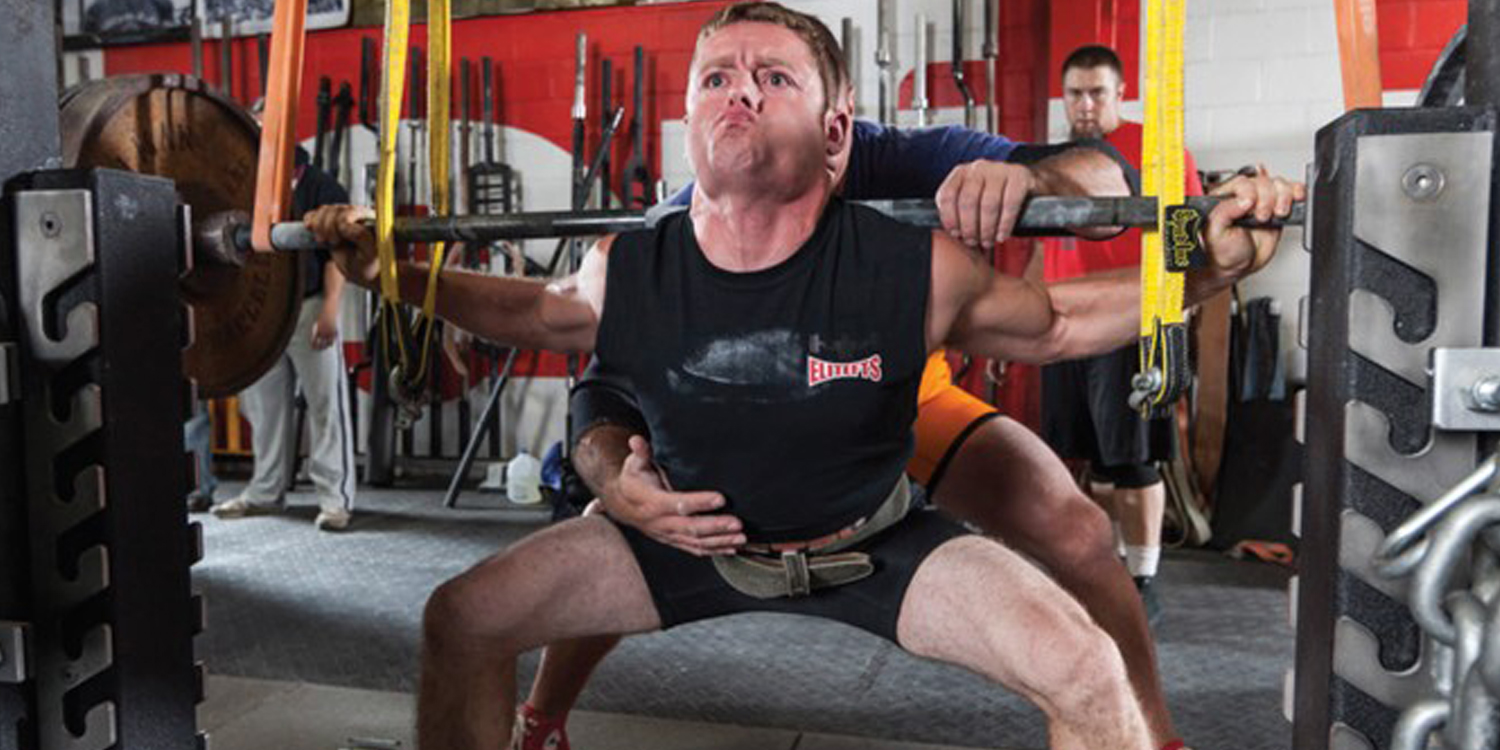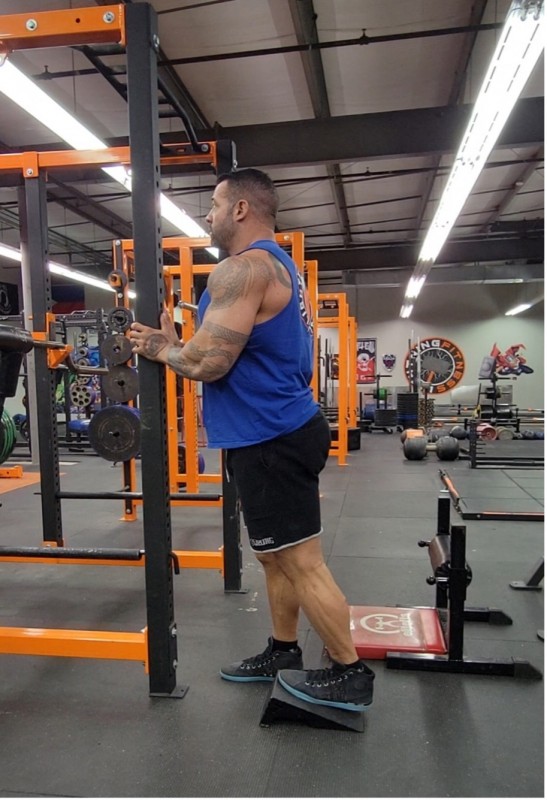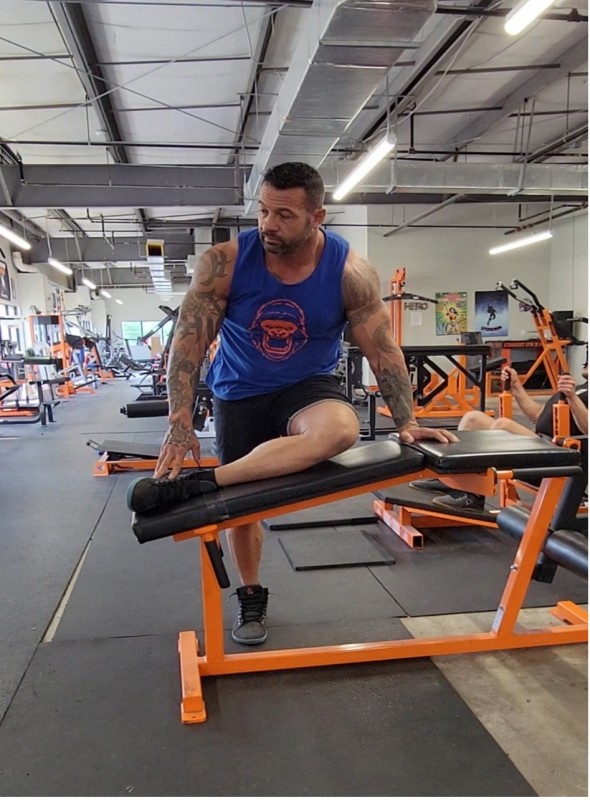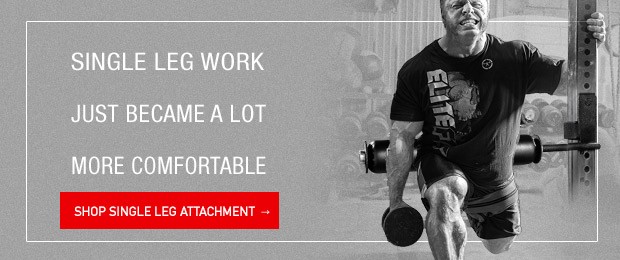
How you should warm up continues to be a highly debated topic in strength sports. One side says you don’t need to warm up other than do the exercise intended starting out light and working up. The other says you need almost an hour of static stretching, and all kinds of foam rollers and lacrosse ball strategically placed all over your body. The answer lies somewhere in the middle.
As I have gotten older, a good warm-up has become more and more important. Any older lifter I know wishes they would have done more static stretching when they were younger. Once I incorporated more stretching, a lot of my joint pain went away. When I got lazy and just got under a bar to warm up, the joint pain came back. Recently, I was short on time and got right to my squats with an empty bar to get the blood flowing. I got up to 135 and tweaked my lower back. I thought, "Well, this is what I get for skipping a 10-minute warm-up." I had posted what had happened on my Instagram story and received numerous responses from people that had experienced the same thing.
RECENT: Bullet-Proof Knees for Strongman
The moral of the story, don’t skip your warm-ups! As I said, this should only take ten minutes if you move through it fast. Even with this warm-up, you should start with light weight on your first exercise and gradually build up. Most injuries I have seen are from jumping right up to sub-maximal weights, whether you did some stretching or not. You have to remember, the stronger you get, the more important your warm-ups become. Also, as you get stronger, it will take you longer and longer to reach your working weight. A deadlifter with a max of 405 can get to their top set in maybe four sets, while a 700-pound deadlifter will reach their top set in seven sets. The key is to listen to your body. Some days, I feel very tight and will take a little longer warming up when I feel the need. Just don’t rush things as you will pay the price later.
Hip Flexor Stretch
If you have a single-leg squat roller, mainly used for Bulgarian split squats, these are perfect for this stretch. If you sit for most of the day, or really for anyone, this is a stretch everyone should be doing. A lot of back issues can be alleviated just by doing this a few times a week. Hold each side for 60 seconds. Push your hips forward to get a better stretch while staying as tall as possible. I also like to put down a red box squat pad, so it’s more comfortable for my knee.
Quad/Hip Flexor Rollout
Nothing fancy here. Just slowly go up and down your quad and up to your hip flexor. When you feel a spot that really hurts, dig into it for a bit. Generally, my hip flexor and around my lower quad close to my knee (vastus lateralis and medialis), is where I focus. This has made a big difference in my knee pain before squatting.
Calf Stretch
Tight calves can really affect your squat depth. They are very easy to stretch, and in the sport of strongman, calf tears are very common. Properly warming up your calves is something that is very overlooked but a very easy fix. You can stretch your calf muscles on just about anything you can hang off of. My favorite is the Prime squat wedges, as you can see in the picture below. One minute on each side is all you need.

Standing 90/90 Stretch
Most of us strength competitors have some very tight hips that can cause some big problems down the road. This is a simple one that you need a flat surface to place the side of your shin on. I prefer using the Leg Extension/Hamstring Curl Machine as it slopes down, making it more comfortable to get into this position. Hold one minute on each side.

Bootstrapper Squat
I’m not sure where the name came from, but this is basically a goblet squat combined with a hamstring stretch. I like to end with this one as I’m already more mobile from the stretches we just did. Each time I get into the squat position, I try to get lower. You don’t come up at all. Just stay down, and rock from the hamstring stretch to the squat. Drive your knees out with your elbows in the squat position to open up your hips more. I’ll do two sets of ten, and then I’m ready to squat or deadlift!
Matt Mills is a graduate of the University of Connecticut, earning both his bachelor's and master's degree in Strength and Conditioning. He is also certified through the National Strength and Conditioning Association as a Strength and Conditioning Specialist. As a strength athlete, he is an accomplished powerlifter with a best deadlift of 800 pounds. He is a middleweight pro strongman with best competition lifts of a 360-pound log press, 900-pound pound Hummer tire deadlift, and a 410-pound Farmers Walk. Matt is the owner of Lightning Fitness, located in South Windsor, Connecticut. He has worked with over a thousand athletes, helping them reach their fitness and nutrition goals.











As for static stretching, there's been much research that says static stretching before strength training is a no-no. It reduces the contractal strength of muscular contractions, in some cases up to several hours. whats recommended is dynamic stretching. However, static stretching is recommended after strength training.